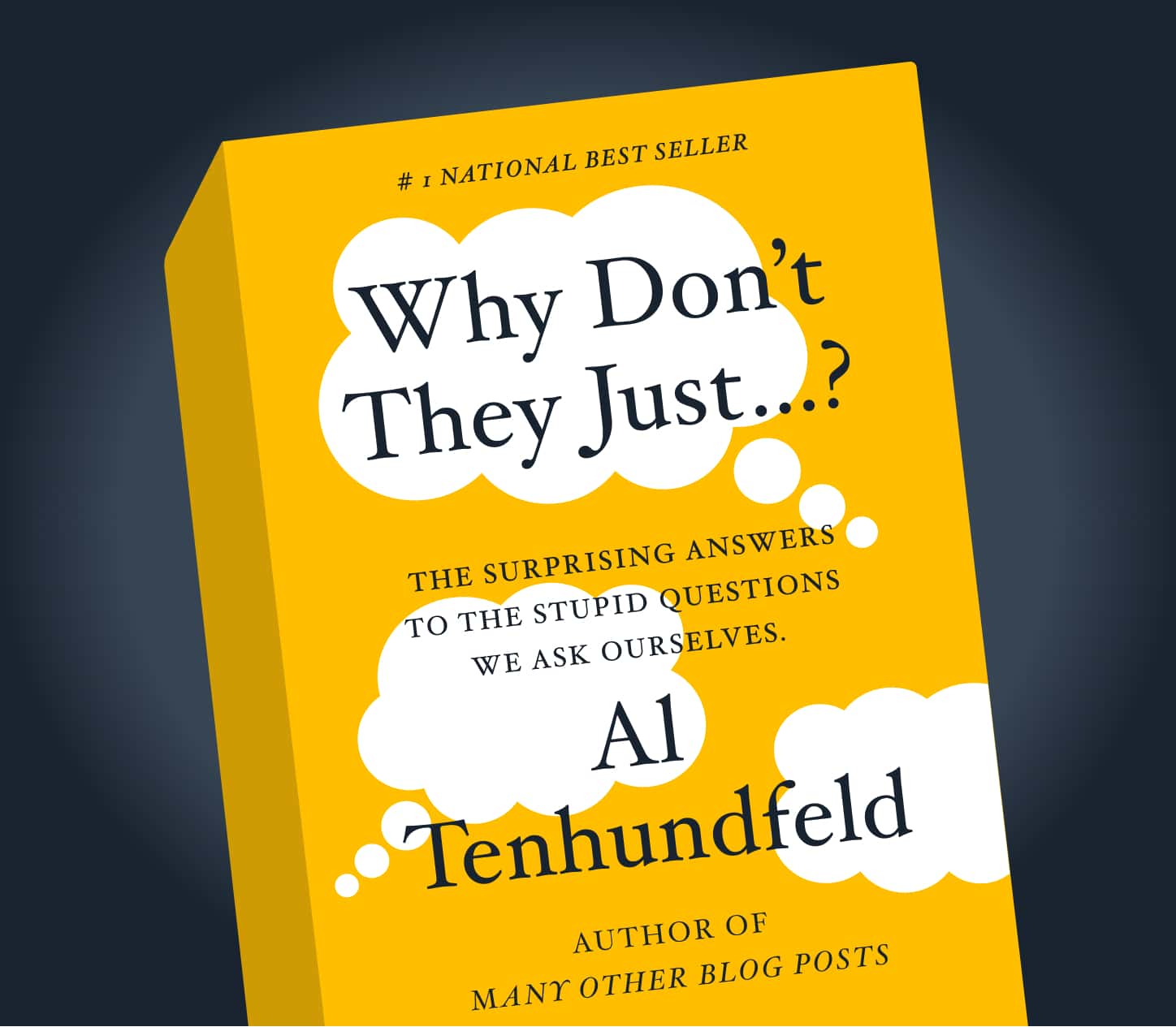
I was shopping with a friend recently, at a big box store. When we went to the check out, we noticed the point of sale system was ancient, looked like a Windows PC emulating some old DOS software. It was a blue screen controlled by function keys and tabbing, not a mouse cursor in sight.
My friend rolled his eyes and quietly said to me, “Can you believe that? They have resources. Why don’t they just replace it with Square or, you know, something written this millennium?”
This friend works in technology on a consumer-facing SaaS. On one hand, his question is totally reasonable. Watching the cashier interact with this nightmare of UX problems, it’s unfathomable to think of a business choosing to force this on the employees.
I shared a knowing chuckle with my friend and changed the subject, but in my mind, I started listing all of the possible reasons the store hasn’t upgraded:
- A new system would require new integrations with all of their other large systems: inventory management, logistics, accounting, in-store OT networks, identity management, etc. Most of those systems are probably also ancient. Upgrading one might cascade into requiring upgrades for all or expensive translation layers.
- Then there’s training. Sure, the old system is horrible, but it’s what their workforce knows. New training would need to be developed and rolled out. There could be union contracts that’d need renegotiating.
- Could their existing hardware even run a new system? Replacing that much hardware is not a trivial or cheap undertaking.
- I virtually guarantee an upgrade has been tried, many times. Yet it’s failed every time, apparently, and those failures probably left some stunted careers in their wake. Smart leaders in the org know there be dragons.
- And so on, probably another dozen reasons I didn’t think of.
The missing context here is that my friend has never worked in a big enterprise. He has zero life experience to understand how difficult and complex it can be to enact serious change at a big organization – even when it’s obviously correct and strategically important.
Of course, he’s right that a new POS would have many advantages. For example, decent UX would make it so much easier to onboard new employees, an increasingly important factor in today’s high-turnover retail world. And a new system would almost certainly give them new capabilities. Long-term, it is absolutely the right decision. My friend is smart and tech-savvy enough to see the benefits of upgrading, but he’s lacking the depth of understanding to see the high costs.
Construal Level Theory
There is a theory in social psychology that is applicable here. The construal level theory describes the relationship between psychological distance and the extent to which people’s thinking is abstract or concrete. The gist is that the more distant something is from the individual, the more abstract it will be thought of; while the closer something is, the more concretely it will be thought of.
Distance can be literal or metaphorical. Temporal distance, spatial distance, and social distance are examples. When something is distant and we think abstractly, we’re focused on the big picture. When something is close and we think concretely, we are more focused on details.
It is easy to be brave from a safe distance.
Aesop
This theory provides a plausible explanation for many psychological phenomena. It might be why we so often think we’re going to be more productive in the future than we are now – and partly why everyone is so bad at estimating tasks. Seeing the details is what lets us see the way things can go wrong. It’s also a good explanation for why we tend to think other jobs are easier than ours. We don’t see all of the hard parts of the job from afar. It may even be why we’re more likely to think in stereotypes as people feel more different from us. Seeing the details is what lets us see their humanity. It’s harder for us to see the details at a distance.
This theory also explains my friend’s question. He’s close enough to building software products to concretely see the benefits of upgrading, but he’s too far from the enterprise context to understand the challenges.
Chesterton’s Fence
This is the idea that you shouldn’t change something until you understand why it exists. It is from G.K. Chesterton’s 1929 book, The Thing: Why I Am a Catholic.
“In the matter of reforming things, as distinct from deforming them, there is one plain and simple principle; a principle which will probably be called a paradox. There exists in such a case a certain institution or law; let us say, for the sake of simplicity, a fence or gate erected across a road. The more modern type of reformer goes gaily up to it and says, ‘I don’t see the use of this; let us clear it away.’ To which the more intelligent type of reformer will do well to answer: ‘If you don’t see the use of it, I certainly won’t let you clear it away. Go away and think. Then, when you can come back and tell me that you do see the use of it, I may allow you to destroy it.‘”
That fence was built to protect sheep from wolves. Why don’t they just remove the fence? The wolves are all gone, and nobody has owned a sheep around here in 100 years. Wait, actually, it turns out the fence was still useful keeping your neighbor’s dog from getting in your yard and digging up your flower beds. Damn, put the fence back up!
Chesterton’s Fence comes up in IT strategy conversations, especially when planning to replace an older system or port functionality to a new version. It’s surprising how often features will get a second or third life. Nobody uses the feature for its original purpose, but people figured out how to repurpose it and solve a problem they do still have.
Understanding why something exists is the first step. Understanding why it still exists is the real goal.
But Seriously, Why Don’t They Just…?
Reframing this question is the one thing I hope you take away from this post. When you find yourself wondering why people are making a weird choice, wondering why don’t they just do the obvious thing… use that as a mental cue.
Ask yourself: What would need to be true for the status quo to make sense? Why does this exist?
Sometimes the answer is apathy or ignorance or people clinging to the familiar, which are not good reasons. So it’s essential to keep asking the question and challenging the status quo. You might be the catalyst needed to effect long-overdue change.
But more often, the answer is that you don’t understand the problem in sufficient detail. You’re too distant from it. It’s not as easy to solve as you’re imagining. Or the change you envision is not actually better, when you consider all stakeholders. Or it is better, but the cost of doing so far outweighs the benefit.
Part of my current role is to help large organizations adopt modern best practices for software engineering and digital transformation. In that effort, it’s not enough to see how things could be better. That’s like trying to plan a trip when you only know the destination. You also need to know the start. You also need to understand how things work now.
When you hear yourself think, “Why don’t they just…”, that’s when you know it’s time to close the distance. Make the abstract concrete and begin your journey to a deeper understanding.
Loved the article? Hated it? Didn’t even read it?
We’d love to hear from you.


